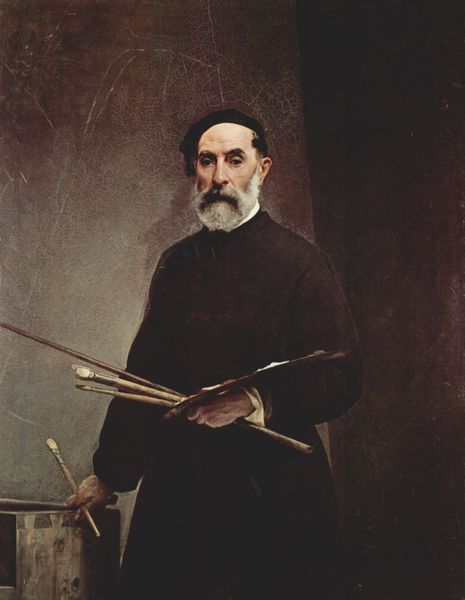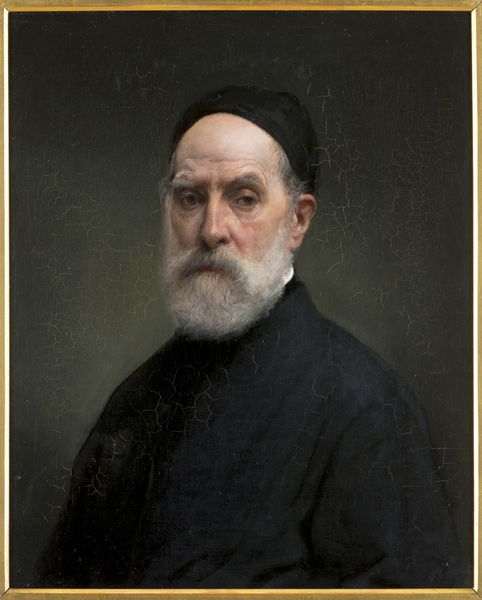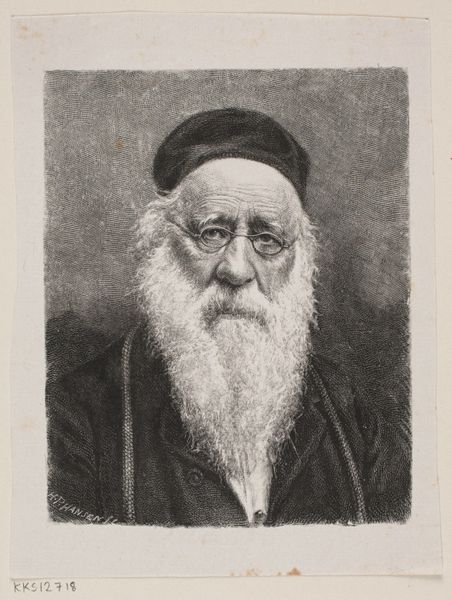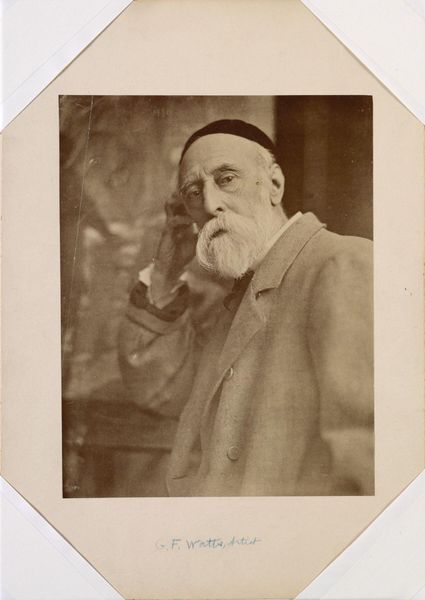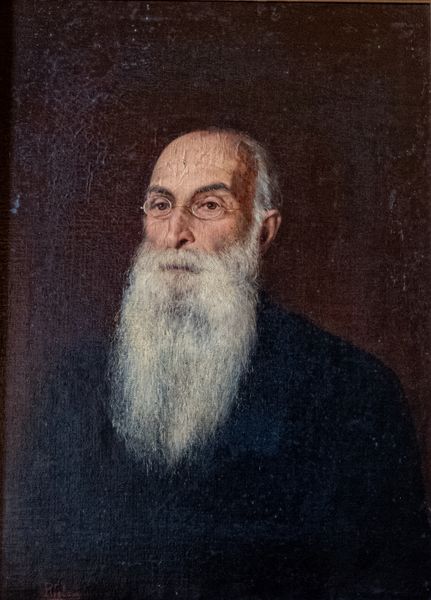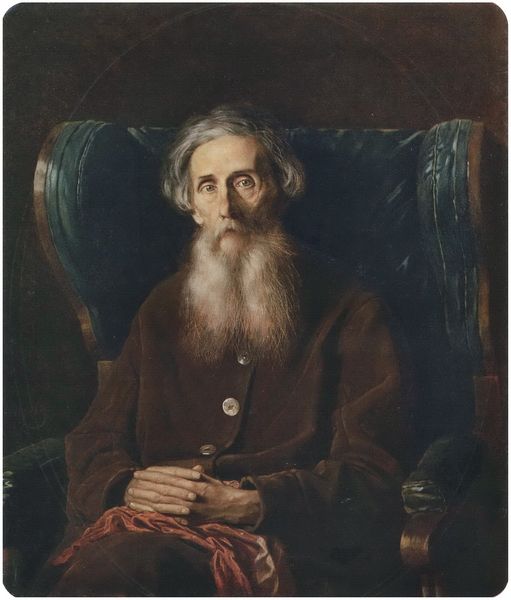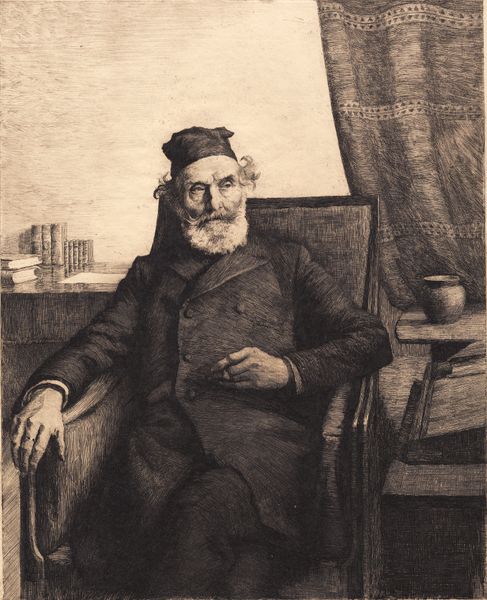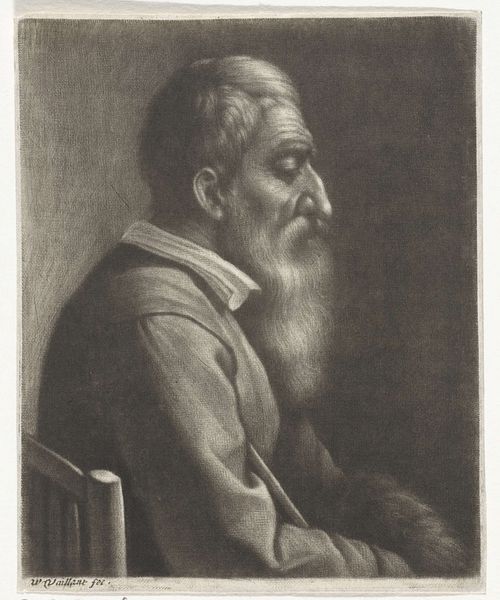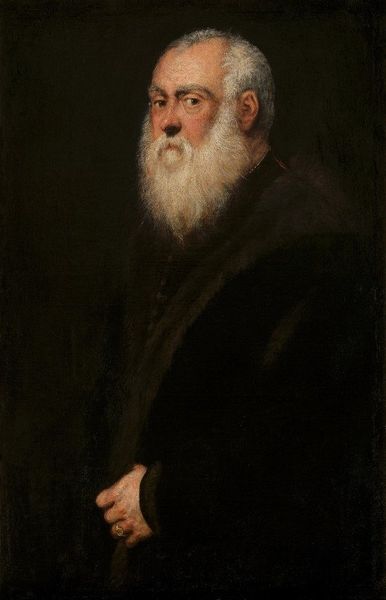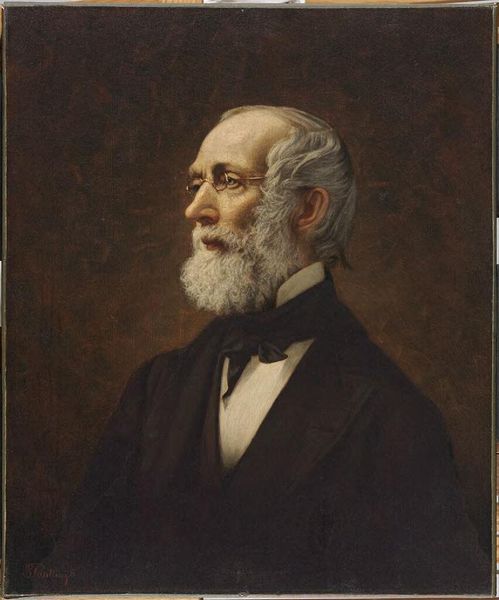
oil-paint
#
portrait
#
self-portrait
#
oil-paint
#
famous-people
#
male-portraits
#
academic-art
#
italian-renaissance
#
italy
#
fine art portrait
#
realism
Dimensions: 58 x 46 cm
Copyright: Public domain
Editor: So, here we have Francesco Hayez’s Self Portrait from 1878, rendered in oil paint. I am immediately struck by its...starkness. It's not particularly flattering, is it? How would you interpret this work? Curator: It's essential to consider the period in which Hayez painted this. By 1878, the Risorgimento, the unification of Italy, was essentially complete, a movement in which Hayez was actively involved. A stark portrayal perhaps reflects a certain disillusionment, a more realistic assessment after the idealistic fervor. What do you make of his gaze? Editor: He does look rather severe, doesn't he? Not at all romantic, which feels surprising given his earlier works I've seen. I wonder if that was intentional? Curator: Precisely! Consider the role of the artist in society. Hayez had become a leading figure in the art world, a professor at the Brera Academy. This self-portrait isn't about self-aggrandizement; rather, it appears to me more like a statement of artistic integrity, an attempt to portray himself as a serious intellectual. Do you see anything in the way he is holding the pencil? Editor: He holds it firmly, almost like a weapon or a tool – not dainty at all. Perhaps a sign of his role as a creator, and of the academic style and Italian Renaissance influences? Curator: Indeed. The firm grip and focused expression undermine the Romantic notions of the artist as simply a vessel of inspiration, instead framing the artist as an active agent in shaping cultural identity. His direct gaze asks, almost demands, the viewer to take him seriously. Editor: So, beyond just being a personal reflection, it becomes a statement on the role of the artist in a changing nation. I’m looking at it completely differently now, what a cool piece. Curator: Yes, and hopefully you see how understanding historical context can greatly enrich how one views any work!
Comments
No comments
Be the first to comment and join the conversation on the ultimate creative platform.
